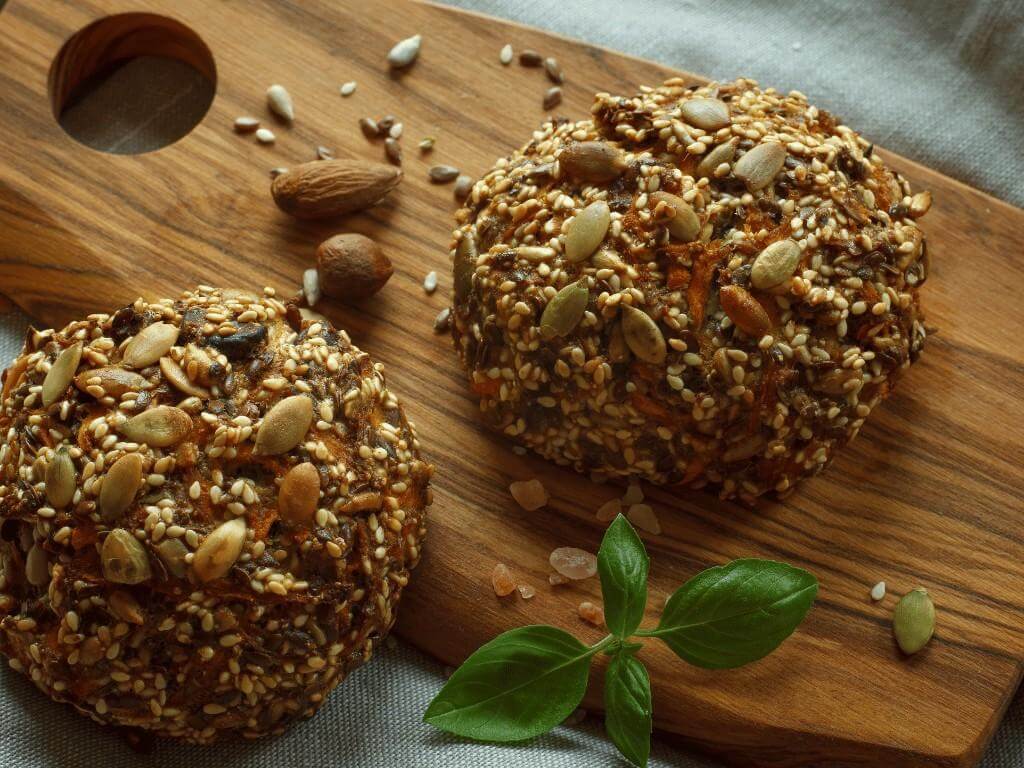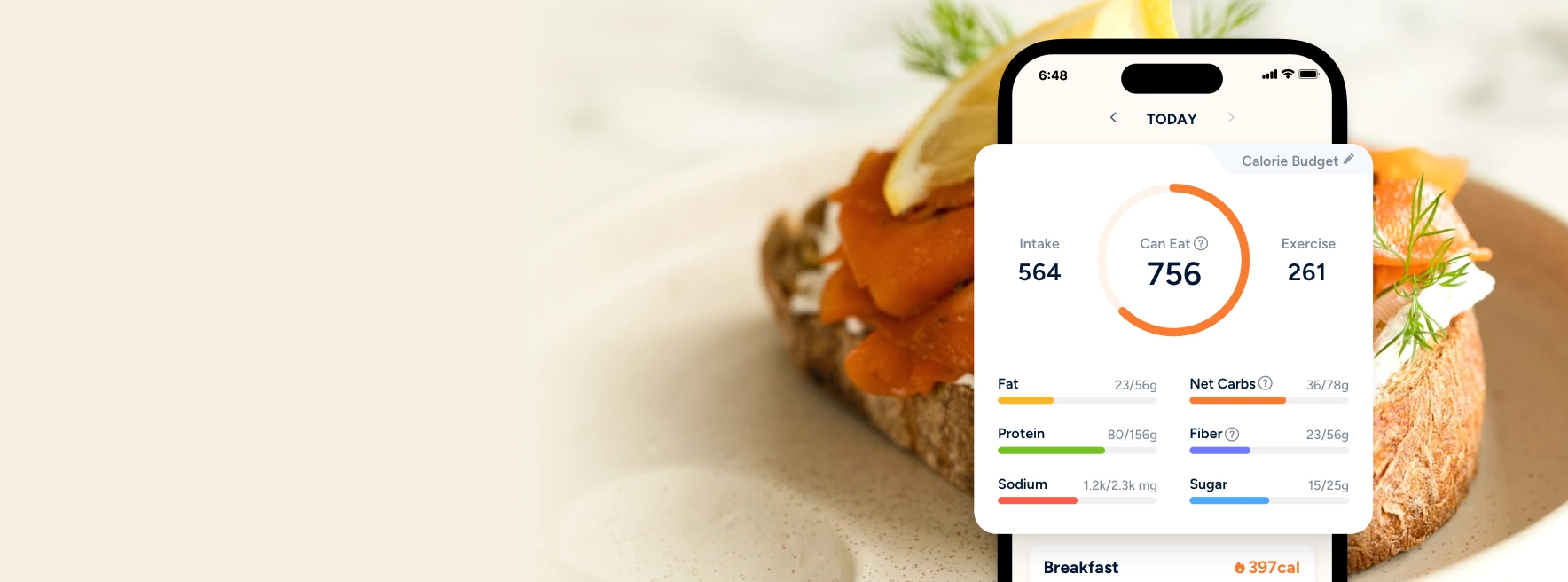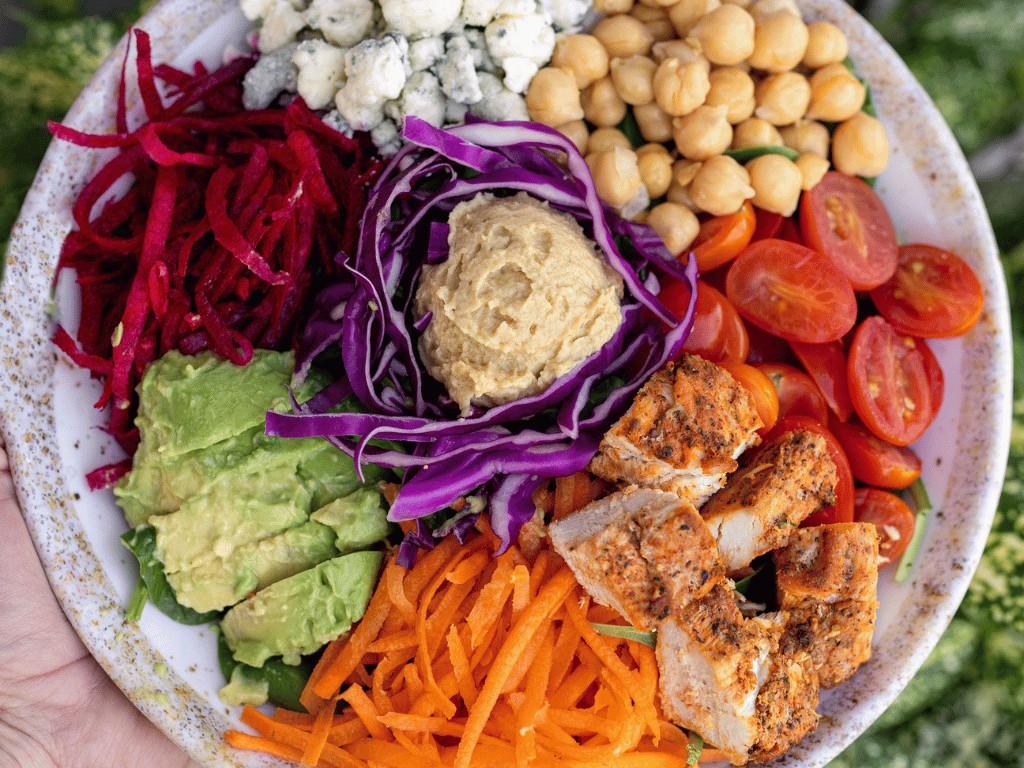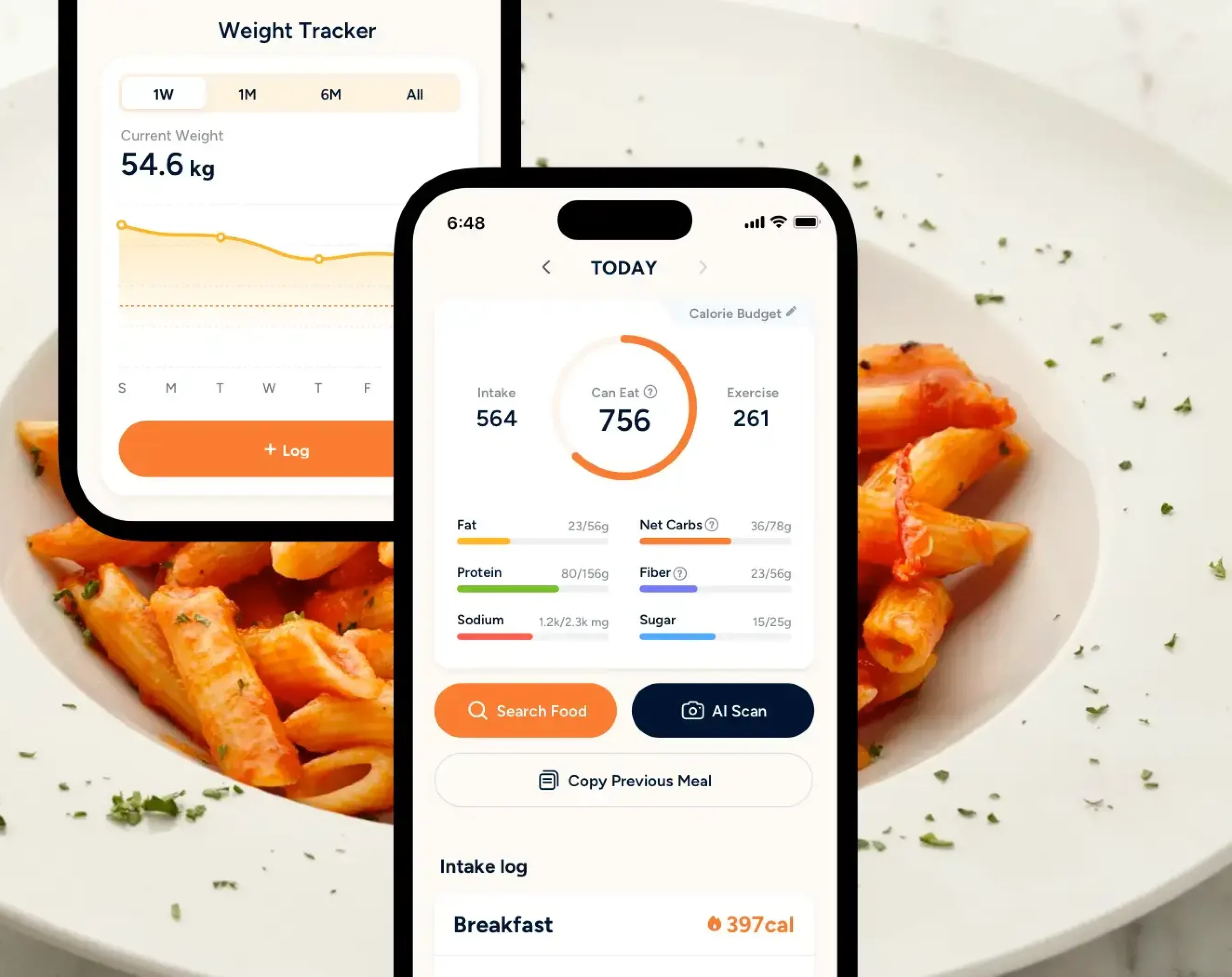When it comes to the topic of nutrition and diets, we hear about all sorts of diets now and then. The most popular diets that still have people talking today are the paleo vs keto diets. Although they are vastly different, they do also have some similarities in terms of benefits. This is why some people tend to get confused between the two, wondering which is better for health.
In this article, we’ll look at the key differences between the paleo vs keto diet. We’ll also compare the benefits and downsides of each diet, and which of these you should be trying.
Key Takeaways
- Paleo focuses on whole, unprocessed foods while keto focuses on eating foods that are high in fat, moderate in protein, and very low in carbs so that the body goes into ketosis.
- Paleo and Keto reduce processed foods and refined carbs, which can help with weight management, blood sugar control, and improving cholesterol profiles.
- Paleo may risk nutrient gaps from excluding grains and dairy, while Keto requires careful planning to maintain a balanced intake of fiber, vitamins, and minerals due to strict carb restrictions.
- Ultimately, your diet choice depends on your goals and lifestyle.
What is the Paleo Diet?

The Paleo diet, also known as the Paleolithic diet in full, is a dietary pattern. It has been adapted based on the assumption of what our hunter-gatherer ancestors ate during the Stone Age period [1].
Based on how humans had evolved physically and anatomically back then, it was likely due to their diets being highly nutritious and digestible. These findings led to the development of the first modern Paleo diet in 1975. It was proposed that humans required a diet that is meat-heavy and low-carbohydrate, similar to the diet of our ancestors.
Today, the Paleo diet has evolved to emphasize consuming whole foods. These foods include lean meat, fruits, vegetables, fish, eggs, nuts, and seeds. They exclude grains, dairy foods, high-fat foods, and processed foods.
Benefits of the Paleo Diet
Going on a Paleo diet seems to be beneficial for health for a few reasons, including:
a) Reducing the risk of heart disease
An outpatient study that involved 9 non-obese sedentary volunteers found that after going on a Paleo diet, there was a significant reduction in total cholesterol, low-density lipoproteins (LDL), and triglycerides. This is due to the reduced consumption of ultra-processed foods that tend to contribute to heart disease [2].
b) Lowering the risk of type 2 diabetes
Research analysis also showed that the Paleo diet could have positive outcomes for type 2 diabetes patients. This is as glycemic and lipid profiles were improved. However, more clinical outcomes and evidence are needed to support this.
c) Potentially supports weight loss
Effectively removing processed foods with poor nutritional value and focusing on consuming whole foods that are nutrient-dense and satiating can support weight loss [3].
Drawbacks of the Paleo Diet
Here are some things to think about before you attempt it [4]:
a) Not getting essential nutrients
The diet requires you to cut out grains and dairy products, which provide essential nutrients for our body in the form of fiber and calcium. As a result, there’s a need to ensure that you get them from the fruits and vegetables that you can eat. Otherwise, it can cause health issues such as constipation or irritable bowel syndrome (IBS).
b) Long-term benefits are not known
There aren’t enough research studies that look into the effects of being on this diet for a long period of time, as it’s considered somewhat restrictive. You’ll have to exclude grains, dairy, and legumes. Taking this into account, it’s best to avoid following the diet for too long.

Smarter Nutrition Tracking
Track calories and over 100 other nutrients all in one place.
Download Eato For FreeWhat is the Keto Diet?

The Keto diet, also known as the Ketogenic diet, is a diet plan that focuses on high-fat intake and low-carbohydrate intake. Looking at it from a macronutrient perspective, daily, you can expect to consume 55% to 60% fat, 30% to 35% protein, and 5% to 10% carbohydrates [5].
This would mean keeping your carbohydrate intake to approximately 50 grams or fewer per day.
The Benefits and Risks of the Keto Diet
There have been a lot of discussions about whether the keto diet is safe and good for health. High-fat intake is commonly associated with higher cholesterol levels and increased susceptibility to heart-related complications.
However, some scientific studies suggest that there are potential health benefits of following a keto diet. Some benefits include:
a) Helping with weight loss
According to some studies, being on a keto diet can help you lose more weight at a faster rate compared to a low-fat diet. A low-carb diet essentially helps to improve insulin sensitivity and get rid of excessive water retention in the body [6].
b) Increase good ‘HDL’ cholesterol levels
‘HDL’ cholesterol refers to the ‘good’ cholesterol in our body as opposed to ‘LDL’ cholesterol, which is the ‘bad’ cholesterol. Eating foods that are high in non-saturated fats is what increases our ‘HDL’ cholesterol [7]. The more good cholesterol we have, the lower the risk of getting cardiovascular diseases such as atherosclerosis [8].
c) May potentially lower blood pressure levels
Diets that are low in carbs are found to be an effective way of lowering blood pressure, reducing the risk of many common health conditions [9].
d) Reduces insulin resistance
According to a study, cutting carbs can be an effective way of lowering blood sugar levels and improving fasting insulin levels. A low-carb and ketogenic diet plan can be used to treat type 2 diabetes patients with insulin resistance [10], [11].

Weight Loss Has Never Been Easier
Get accurate nutrition info instantly. Keep track of your progress.
Download Eato For FreeDifference Between Paleo vs Keto Diet
While the Paleo and Ketogenic diets may share many similarities in terms of their benefits, they also have significant differences between them.
For a start, unlike the Keto diet, the Paleo diet’s main focus is on eating whole, unprocessed foods while omitting dairy, grains, legumes, and processed sugars.
The Keto diet, on the other hand, is only centered on eating foods that are high in fat and low in carbs. You can still consume some dairy, grains, or processed foods so long as it doesn’t exceed the macronutrient ratio for fat, protein, and carbs. The primary goal is to enter a state of ketosis, a metabolic state in which you burn fat for energy instead of carbohydrates.
In a broader sense, the Paleo diet focuses on food quality, while the Keto diet focuses more on food quantity and strict carb restriction.
Here is also a table of comparison between the Paleo vs Keto diets:
| Category | Paleo Diet | Keto Diet | Shared Similarities |
|---|---|---|---|
| Main Focus | Whole, unprocessed foods | High-fat, low-carb intake | Both eliminate highly processed foods |
| Goal | Improve overall health | Enter ketosis for fat-burning | Can support weight loss and better metabolic health |
| Carbohydrates | Allowed in moderate amounts | Very limited (usually under 50g per day) | Both reduce refined carbohydrates |
| Macronutrient Ratio | No specific ratio required | Strict: High fat, moderate protein, low carb | Both require mindful food choices |
What Can You Eat On a Paleo Diet?
Some examples of what you can eat include:
- Red meat
- Fish and seafood
- Eggs
- Vegetables
- Fruits
- Tubers
- Nuts and seeds
- Healthy fats and oils
- Salt and spices
To know the exact foods that you can or cannot eat on the diet, check out our ‘Paleo Food List‘ article.
Foods to Eat on a Keto Diet
We’ve already established that you should only eat high-fat, low-carbohydrate foods while following the Keto diet.
For reference, here are some food examples of what you can eat:
- Dairy and unsweetened dairy alternatives: Indian paneer, Greek yogurt, Middle Eastern labneh, Korean soy milk, Japanese tofu
- Low-carb vegetables: Chinese bok choy, Thai eggplant, Korean kimchi cabbage, Mediterranean roasted zucchini, Indian spinach (palak)
- Plant-based foods: Middle Eastern hummus, Indian lentils (dal), Mexican guacamole, Japanese edamame, Southeast Asian coconut and sesame snacks
- Oils and fats: Italian extra virgin olive oil, South Indian coconut oil, Chinese sesame oil, Middle Eastern avocado or nut oils
The Final Takeaway: Which is the Better Diet?
In general, the decision between the paleo and keto diets boils down to what you believe is best for your health. Thankfully, Eato makes it easier for you to do so with features like smart food logging, macro tracking, and real-time visualization of your progress. So what are you waiting for? Start tracking with Eato today!

Weight Loss Has Never Been Easier
Get accurate nutrition info instantly. Keep track of your progress.
Download Eato For Free



